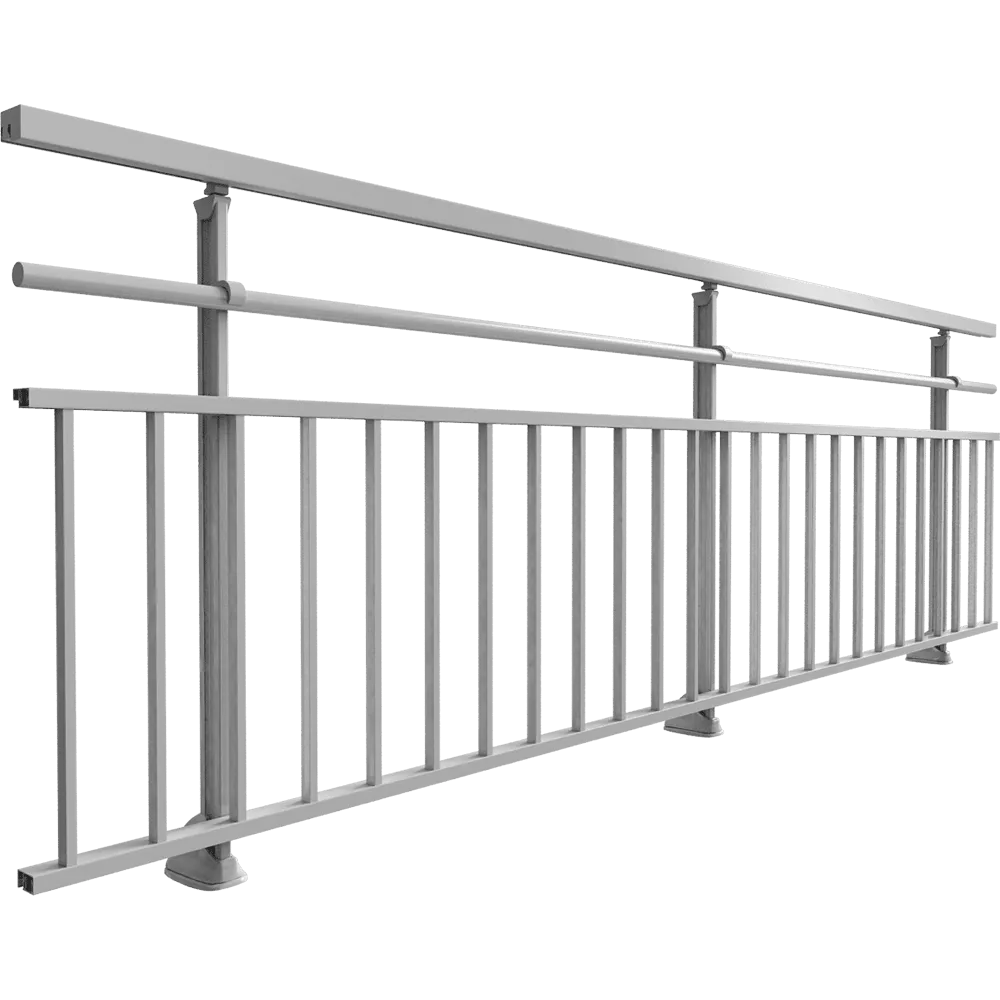Contact us today to discuss your project.


Just as you cannot have too much space between the bottom rail and the floor, the spacing for your guardrail’s decorative balusters is also regulated. It cannot be more than 4 inches.
The spacing is the same between posts and balusters. Use a baluster spacing calculator to make sure your balusters are evenly spaced between posts.

70 Baffin Place, Waterloo ON N2V 1Z7
Mon to Sat - 7am to 7pm Sun Closed
Copyright © 2025. Jay Fencing | All rights reserved